Report by Jakub Paniaczyk
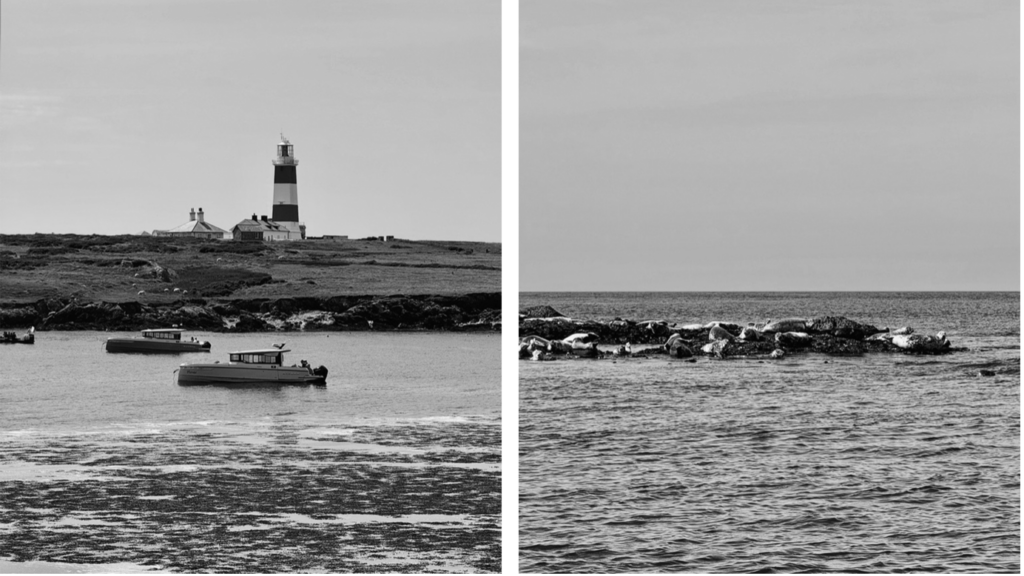
There’s something special about diving in the UK that never fails to amaze me and keeps me coming back. It’s not just about the dives themselves but the whole experience — from careful planning to the thrill of exploring the unknown. Unlike popular tropical destinations where dive sites are well-mapped and expectations are set, diving in places like the Llŷn Peninsula in Wales offers a genuine sense of adventure. You’re surrounded by the raw beauty of rugged coastlines, and the unpredictable sea adds to the excitement. The landscape is wild, the conditions always changing, but for me, this is what makes diving in this part of the world so unforgettable.
When planning for North Wales, we knew the currents could be strong, so we carefully considered the equipment we’d need—whistles and signal mirrors alongside DSMBs (Delayed Surface Marker Buoys) and compasses for navigation. Thorough planning for any weather condition was especially important to me; it gave me the confidence I needed.
Before I started diving, I had learned to deeply respect the ocean’s power after a surfing incident in Portugal where I was caught in a strong rip current and couldn’t return to shore on my own. In fact, one of the reasons I started diving and wanted to learn about ocean safety was to overcome that.
Guided by Diving in North Wales by Chris Holden, a seasoned diver and author who has spent years documenting the diverse dive sites along the Welsh coast, we set out to explore sites few have visited before.
With the majestic peaks of Snowdonia (Eryri) as our backdrop, the landscapes above and below the water offered a captivating mix of natural beauty and history. Our journey began in the sleepy harbour town of Pwllheli, nestled on the south coast of North Wales.
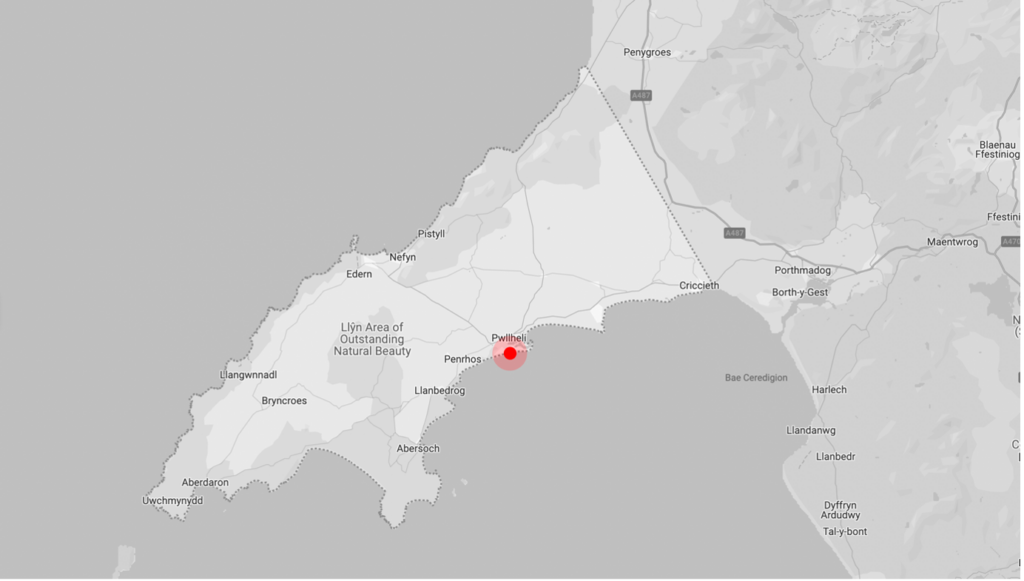
On arrival, we settled into two cosy cottages, just a 20-minute walk from the marina where our RIB (Rigid-hulled Inflatable Boat) was moored. To keep the trip running smoothly, we used a rota system to divide essential tasks, such as prepping the RIB, filling cylinders and cooking meals.
Day 1: Two-Level Cave and the Timbo Wreck | 26th July 2024
Our first dive took place at St Tudwal’s Island East, an area named after a 6th-century saint said to have established a monastery here. As we descended beneath the cold waters, the visibility was limited, typical of the Welsh coast. The murky green of the Irish Sea seemed to breathe with life as we made our way to the island’s two-level cave. My buddy and I found it challenging to navigate the depths. Despite this, we eventually located the cave’s entrance, but penetrating further proved difficult with the conditions. Instead, we turned our focus to the marine life along the rocky exterior.
The seabed here was a maze of boulders, covered in thick blankets of kelp and seaweed, their fronds swaying slowly in the currents. Schools of small fish darted through the water, disappearing into the dense foliage. The kelp stretched upwards, forming a living forest that provided shelter and food for the creatures below. The highlight of the dive came when we encountered a giant spiny spider crab, its massive form blending almost seamlessly into the rocky terrain, its shell mottled with algae and small barnacles.
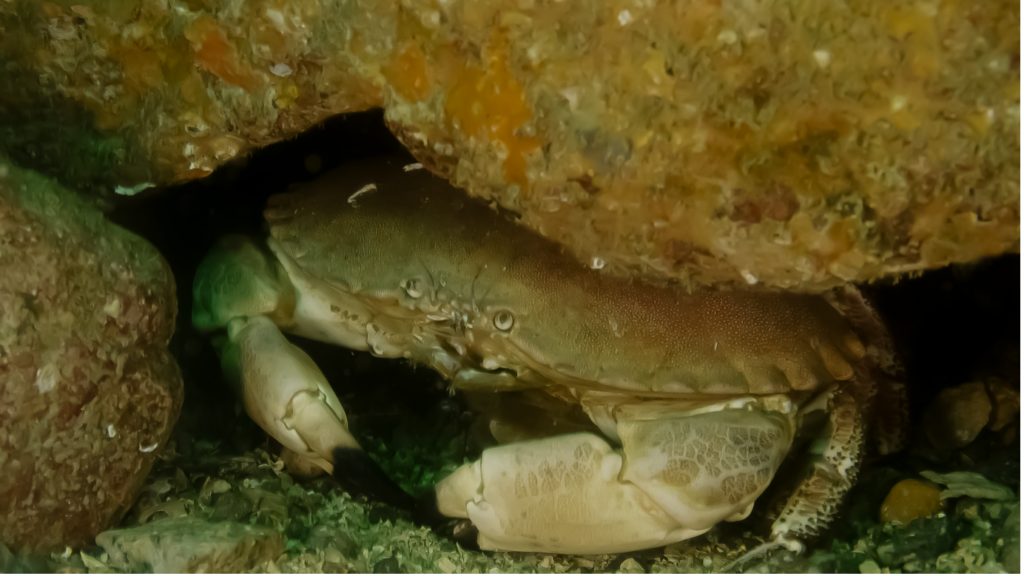
Later that day, we explored the wreck of the Timbo, a steamship built in 1883 that sank in 1922 after running aground on Carreg-y-Trai reef near Abersoch in foggy conditions. Parts of the ship, including the boiler, propeller shaft, and hull plates, remain visible underwater. Encrusted with barnacles and home to sea slugs and other marine life, the rusting beams were alive with activity as we dived —prawns darted between them, while lobsters made their homes in the crevices of the decaying structure.
Day 2: St Tudwal’s West Island and re-exploring the Two-Level Cave | 27th July 2024
The next day, we set our sights on St Tudwal’s West Island, a 650-metre-long isle sold into private ownership in 1935. Now owned by adventurer Bear Grylls, the island is home to an old lighthouse, where he stays during holidays.
Descending beneath the surface, we entered a world bursting with life. The rocky seabed was covered with vibrant sea sponges in hues of orange and purple. Among them, we spotted several sea slugs. As we moved along the reef, we encountered a variety of marine creatures. Spiny squat lobsters peeked out from beneath rocks, their vivid blue and red coloration making them stand out. We observed wrasse weaving through the kelp and a few catsharks resting on the seabed, their spotted skin providing excellent camouflage.
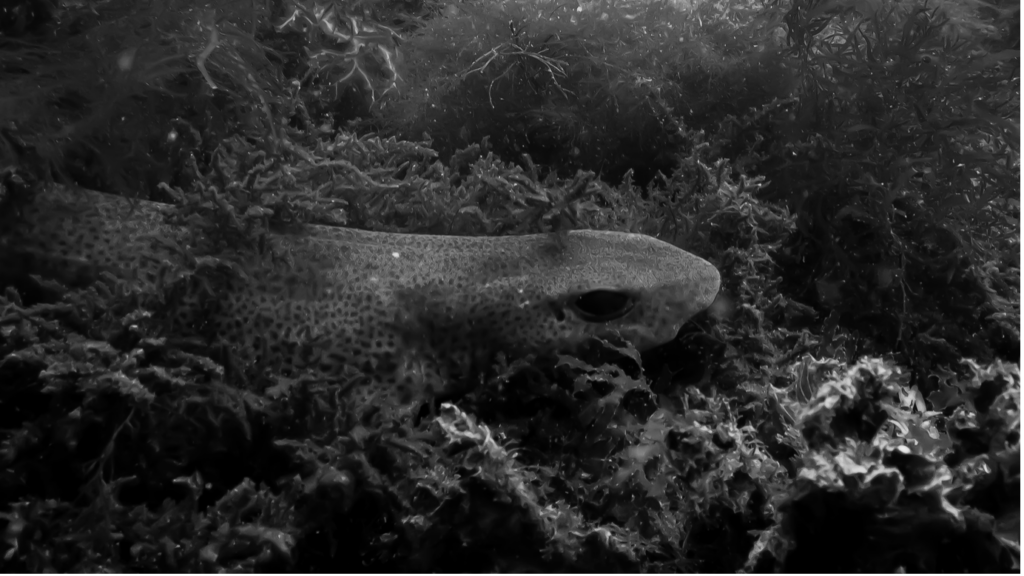
In the afternoon, some of our group decided to explore a new site around St Tudwal’s East Island while others wanted to redo the cave. I was in the second group, this time diving deeper inside, where we were greeted by a thriving spiny lobster colony and groups of prawns. The area was bustling with holidaymakers, and the sunny weather had everyone out enjoying the coast. Our dive leader Gillian even had to fend off jet-skiers while we were diving.
Day 3: Bardsey Island (Ynys Enlli) – Carreg yr Honwy and Trwyn Talfarach | 28th July 2024
On our third day, we explored the waters around Bardsey Island (Ynys Enlli), a place steeped in spiritual history and often called the ‘Island of 20,000 Saints.’ Since the 6th century, it has been a significant pilgrimage site, believed to be the final resting place of numerous saints, including early Christian leaders like Saint Cadfan. The island’s deep sense of isolation, with no mains electricity and only a handful of residents, offers a true retreat from modern life. Even the tourist boat is pulled ashore by a tractor, as there is no harbour. Bardsey is also renowned for its wildlife, serving as a haven for seabirds like the Manx shearwater and grey seals. In 2023, it became Europe’s first International Dark Sky Sanctuary, making it a prime spot for stargazing under pristine night skies.
As we sped away from the mainland, the rugged Welsh coastline began to unfold in front of us. The cliffs loomed large, their jagged faces plunging directly into the sea, forming natural barriers that have withstood centuries of Atlantic winds and waves. The isle was sparsely populated, dotted with just a few stone cottages clinging to the hillside. The view was spectacular.
But what truly captured our attention was a nearby rocky outcrop, where dozens of grey seals basked in the sunlight.
Dive at Carreg yr Honwy
Some members of our group had an extraordinary encounter with seals, but none more so than Gillian and Matt. Gillian’s reflective fins must have been irresistible to one particularly curious seal. Drawn by the shimmering light, the seal swam right up to them, initiating the sort of close encounter we all hope for with these magnificent but playful creatures. Unfortunately, I wasn’t as lucky to experience such close interaction. Instead, I found myself exploring the seabed with Chris. We climbed through underwater plants and stayed low to conserve air and manage the current. This approach allowed us to discover hidden gems of the ocean floor, spotting smaller marine creatures like various sea slugs hiding among the seaweed.
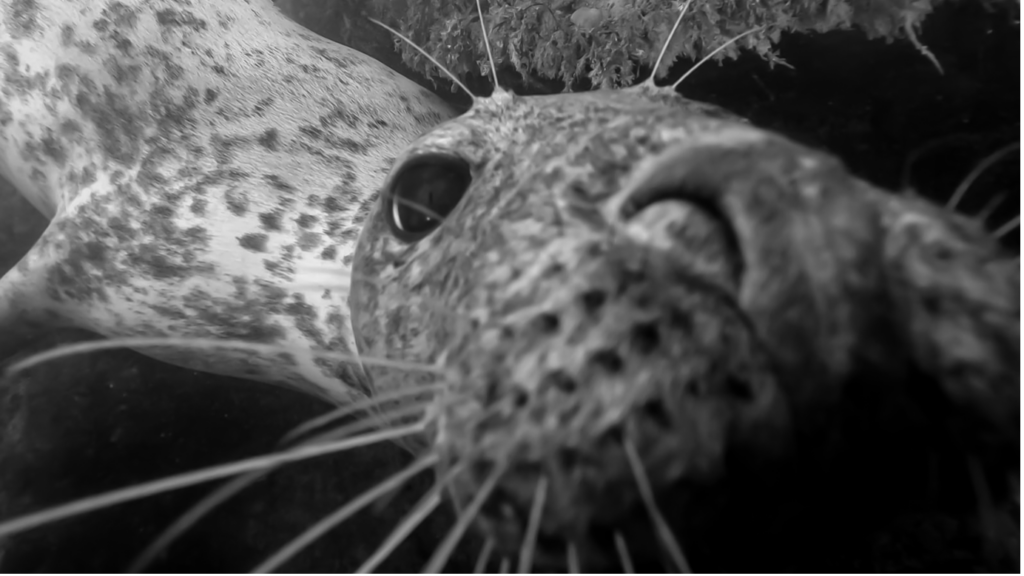

Afternoon Dive at Trwyn Talfarach
In the afternoon, we moved to Trwyn Talfarach, a site characterised by its dramatic underwater topography. Sheer cliffs beneath the waves created walls that dropped down to 25 metres, adorned with anemones and soft corals.
The currents here were swift, so we employed drift diving techniques, allowing the water to carry us along the wall. As we glided, we observed large shoals of fish feeding in the nutrient-rich waters. The wall was dotted with sea sponges and sea squirts. We also spotted a few more lobsters tucked into crevices and scurrying along the rock faces.
The night before our last dive day, it was my and Nick’s turn to get the cylinders filled, so we drove to a secluded cottage, tucked away in the quiet Welsh countryside. Chris, now in his 90s, is a legend in the local dive community. With his long, white beard and eyes that still sparkle with youthful mischief, he looked every bit the seasoned seafarer. Despite his years, he moved with ease, his hands deftly working the compressor, showing no sign of slowing down.
Before we left, we handed him a bottle of whisky as a small token of appreciation. He accepted it with a warm chuckle.
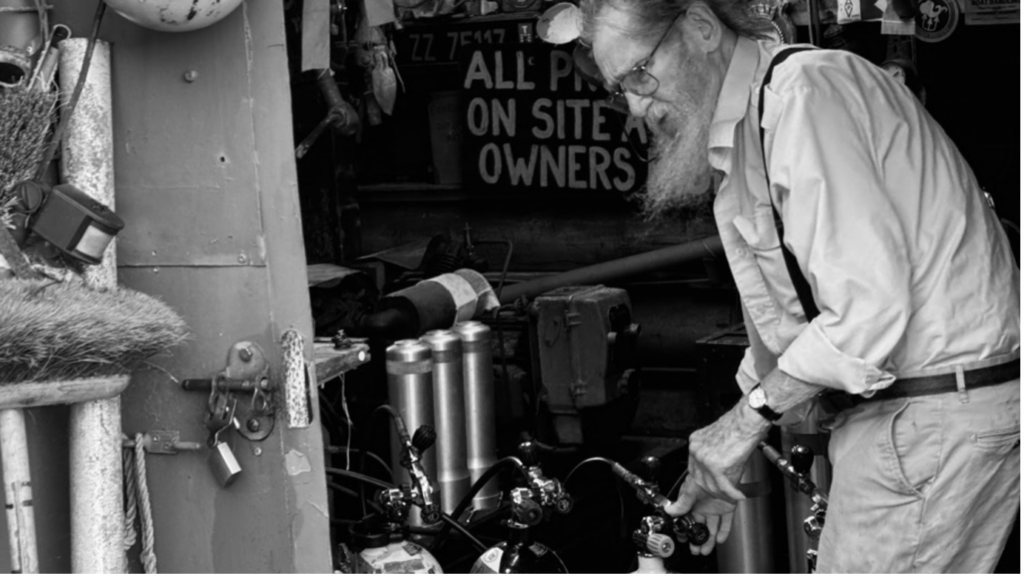
Day 4: Hell’s Mouth West and Carreg y Trai | 29th July 2024
Our final day began at Hell’s Mouth West (Porth Neigwl), aptly named due to its exposure to the full force of the Atlantic swell.
I was paired with two experienced buddies for this dive — Elaine and Gillian. During this gentle drift dive, we spotted loads of dogfish, spiny lobsters and a variety of marine life including colourful anemones. The seabed was alive with waving seagrasses and hidden creatures peeking out from rocks.
When it was time to deploy the DSMB, I felt a bit nervous with both dive leaders watching. I positioned myself on the bottom and deflated my drysuit and wing to reduce the risk of being pulled up too quickly by the buoy. (This technique only works if you’re on the bottom or a ledge; otherwise, you’d just sink deeper.) Once stable, I inflated the buoy using my alternate air source. To my relief, it worked smoothly, and after a safety stop, we were all back on the RIB.
Lunch that day was enjoyed on the boat, with breathtaking cliff views surrounding us. As the afternoon wore on, smaller groups began diving, and eventually, it was just me, the cox and one other diver left on the boat. With the sun blazing down, we decided to cool off with a jump from the RIB into the clear water.
For our second dive, we split into two groups. One group headed to Carreg y Trai, while the rest of us returned to the Timbo wreck and the nearby reef. Everything was going well until the current decided to shake things up, sending two buddy pairs drifting in opposite directions.
On top of that, during my dive, my dry glove tore. The cold water wasn’t ideal, but manageable. Luckily, I wasn’t using the tube that can be used to equalise pressure between the glove and the suit, which prevented the leak from affecting my suit. Gillian quickly helped tuck the torn glove into my pocket so smoothly that I hardly even noticed she’d done it, and I was able to continue the dive with ease.
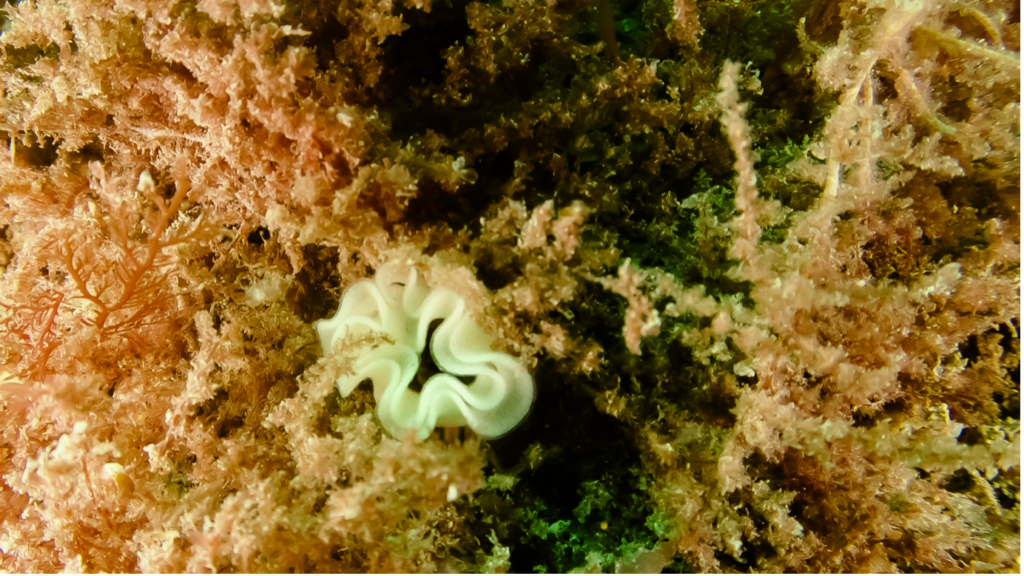
Conclusion
Diving in Wales offers an experience like no other. The contrast between the raw underwater landscapes and the serene coastline creates an environment ripe for exploration. From wreck dives that reveal secrets of the past to close encounters with playful seals who gently nibble on your gear as if checking out the latest fashion, the waters of Wales present endless discoveries.
For those who’ve only experienced tropical diving, the raw beauty and unpredictability of these waters offer a different kind of allure — the thrill of discovery.
This is why I fell in love with diving in the first place: the sense of exploration and the unexpected moments that come with it. The Llŷn Peninsula is a treasure trove for divers, and I am looking forward to visiting it again.
